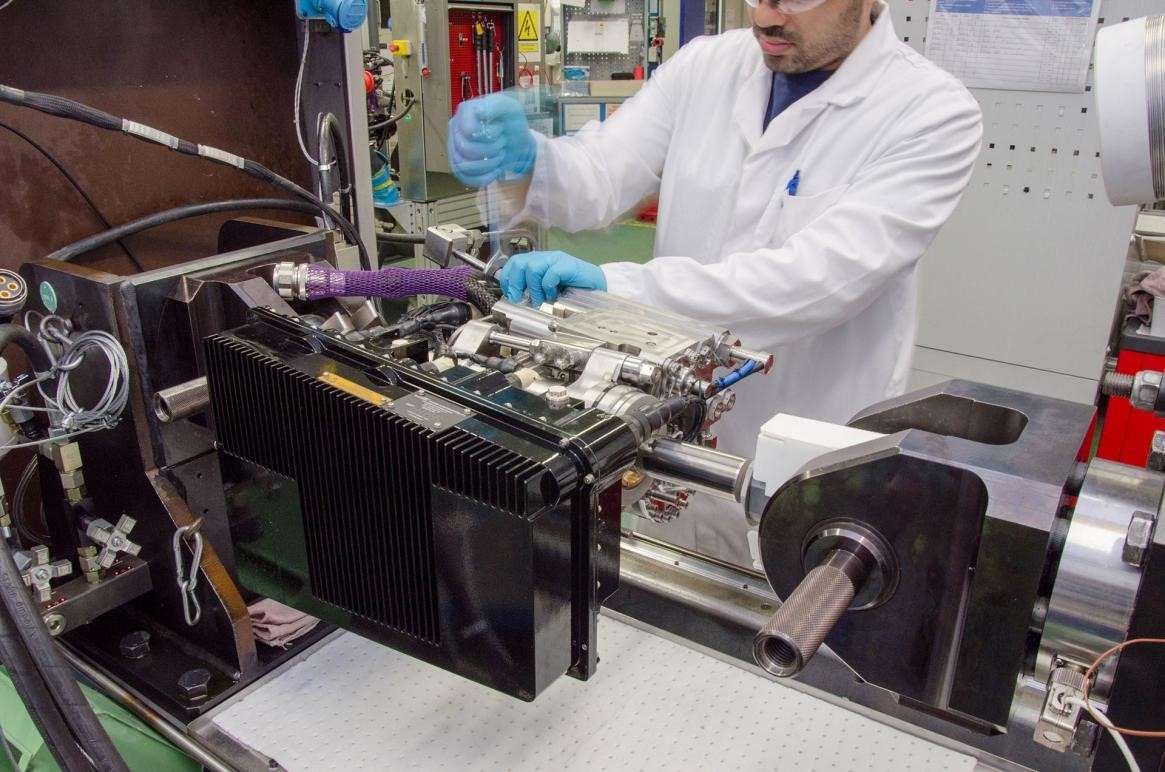
Safran announces the contemplated acquisition of Collins Aerospace’s high-technology actuation and flight control activities, which are mission critical for commercial & military aircraft and helicopters. The business has around 3,700 employees across eight facilities in Europe (France, UK and Italy) and in Asia, and also benefits from MRO and engineering capabilities. It is expected to generate sales of approximately $1.5 billion and an EBITDA of $130 million in 2024E.
Olivier Andriès, Chief Executive Officer of Safran, commented: “The contemplated transaction represents a unique opportunity to develop our position in mission critical actuation and flight control functions. Our highly complementary product offerings would create a global leader in these segments with around $1.8 billion of sales. The transaction would enable us to deliver a comprehensive offering to our clients and position us extremely well for next-generation platforms as the segments move toward increased electrification. The business is a perfect fit with both our product portfolio and our DNA with leading technologies, recurring aftermarket sales, and profitable growth..”
The transaction is expected to generate approximately $50 million of annual pre-tax run-rate cost synergies, which would be progressively implemented from 2025 to 2028. Such synergies would notably come from economies of scale in procurement, R&D complementarity, internalization of sourcing and production flows. In addition, commercial synergies would be obtained through integrated offerings and a diversification of customers and geographic mix. Commercial synergies would continue post 2028 with run-rate achieved on next-generation aircraft by the middle of the next decade.
The enterprise value of $1.8 billion would represent a multiple of ~14x pre-cost synergies and ~10x post run-rate cost synergies based on 2024E EBITDA, with an expected IRR and ROCE 2028E of the transaction exceeding the Group’s WACC and with an accretive impact on Safran earnings per share from year one. As part of the contemplated acquisition, long-term supply agreements (covering ~25% of sales) would be secured between Safran and Collins at attractive terms. The transaction is expected to be fully financed with available cash, with a limited impact on the Group’s net leverage and a reiterated commitment to the robust Group’s investment grade rating.
Key strategic benefits of this transaction for Safran include:
- Highly complementary product offerings creating a leading player (~$1.8 billion combined sales in 2024E) with an end-to-end product portfolio – Collins’ actuation and flight control business would bring Safran a full set of capabilities and products enabling the Group to become a leading integrated player with an end-to-end actuation and flight control product portfolio;
- Synergetic exposure across commercial, military aircraft and helicopter segments, with strong legacy programs – These additional capabilities would offer Safran a well-balanced exposure to diverse customer segments and product categories and strong positions on mature and growth platforms
- Complementary capabilities in hydraulic and electromechanical actuation positioning Safran well for next-generation aircraft – Collins’ best-in-class hydraulic and mechanical actuation capabilities would combine with Safran’s current know-how in electrical actuation and electronics and well-position the Group for future aircraft programs;
- Attractive exposure to valuable and recurring aftermarket revenue streams – c. 40% of the acquired sales stem from aftermarket which would allow Safran to strengthen its exposure to this highly attractive revenue source;
- Compelling value creation supported by short-medium term cost synergy potential – Well-identified sources of cost synergies, with further upside to be captured from commercial synergies
The contemplated transaction is subject to the information and consultation procedure with the relevant employee representative bodies of Collins and Safran, as well as the customary regulatory approvals and closing conditions. Closing is expected to take place in the course of H2 2024.



Be the first to comment